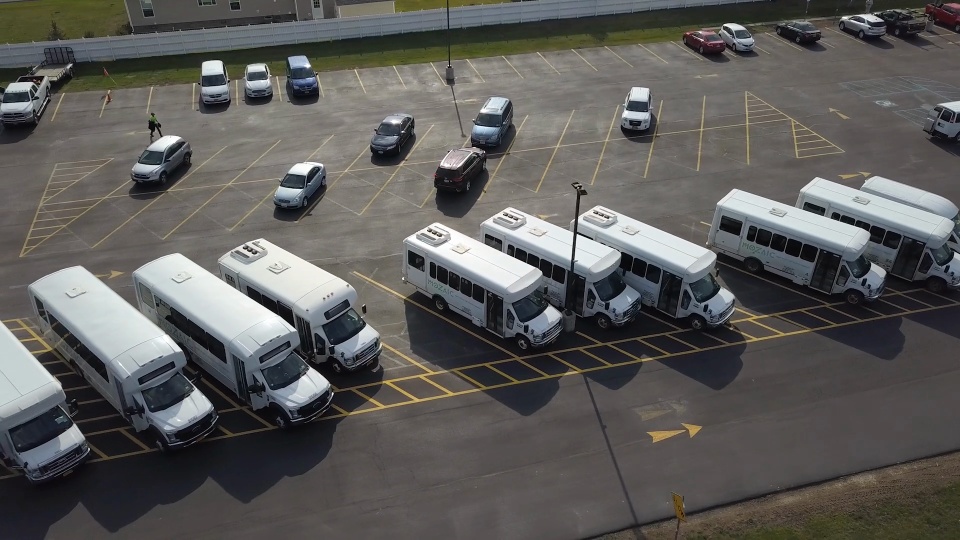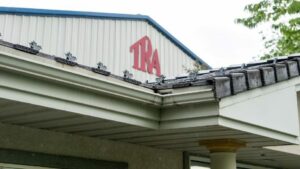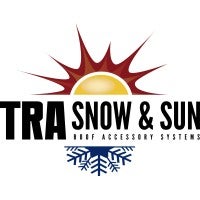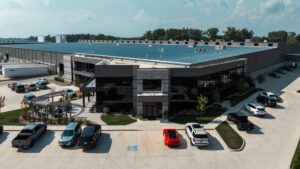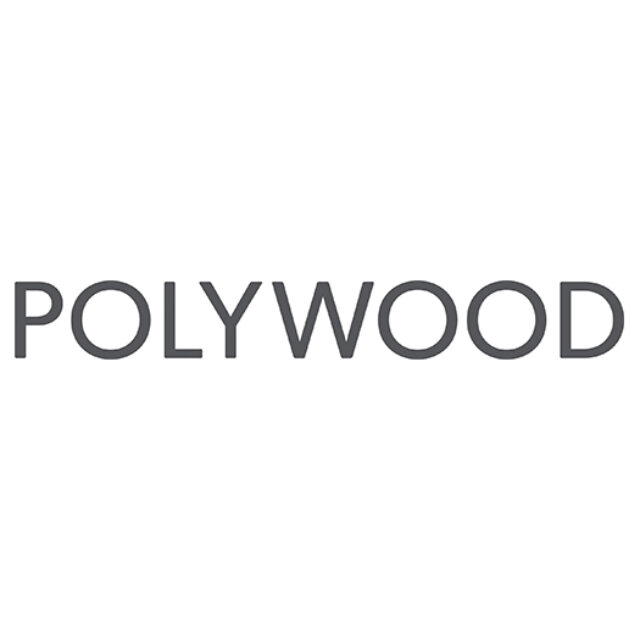Mozaic is a 501(c)(3) not-for-profit organization born from the merger of two The Arc of New York chapters: The Arc of Seneca Cayuga and The Arc of Yates. The organization serves more than 2,000 individuals with intellectual and developmental disabilities and their families, in the Finger Lakes Region in New York, making them the largest provider of services for individuals with disabilities in the Central NY region.
Some 700 staff members offer a complex array of services: employment services, transportation, preschool education, custodial services, snow removal and lawn care, as well as Medicaid-based services: clinic services, day and residential services, community support and rep-payee services for individuals, meaning Mozaic manages money for individuals.
In addition, it operates a thriving integrated enterprise, Finger Lakes Textiles, which has made winter hats and other apparel for the U.S. Armed Forces for more than 25 years, and more recently, the public at large under the Arctic Gear retail brand with 100% of the proceeds going back to the mission.
“We are very complex for a $30 million operation,” says Tammy Raub, CFO of Mozaic. “Our newest strategic initiative is managing and saving other nonprofit organizations.”
Nonprofit Technology Challenges
Raub knows only too well the challenges nonprofits face with limited funds, growing governmental requirements, shrinking donor bases, and increased demand for services. Before Mozaic, she was the CFO of Arc of Yates, which provided day and community support services, and transportation, to people with developmental disabilities. It also operated residential housing units and the Keuka Lake School, which helped children and their families from 18 months to pre-school with special needs services through integrated classrooms.
At Yates, limited funds meant Raub operated on an inefficient legacy financial system. “I walked into a mess; they had a legacy Microsoft Dynamics system that would sometimes be up, sometimes be down, and it was on-premises,” Raub says. “It was susceptible to our network going down, and we had security issues within that environment.”
Because Yates had previously lost its CEO in 2014, the nonprofit had explored merger opportunities prior to Raub joining in 2016. Under the Arc NY chapter manual, anytime an Arc loses a CEO or CFO, they are required to explore potential mergers. The Yates Board didn’t want to spend money on a new financial platform because they thought they would adopt the one in use by a merger partner.
Only the merger Yates was evaluating at the time didn’t pan out.
Acumatica Adoption Begins at The Arc of Yates
When she investigated upgrading the legacy Microsoft Dynamics system, Raub learned it was so far out of support it would cost as much to update as it would to implement a new solution. At the time, the nonprofit was forced to operate outside of the legacy system with spreadsheets and Access databases, an inefficient system that required double entries.
Raub convinced the Yates board it needed a financial platform that was scalable, cloud-based, had self-service functionality, and was flexible enough to handle for-profit services and nonprofit services as well as fund accounting, which the legacy Microsoft Dynamics system lacked.
“We were planning to expand and wanted to scale without per-user fees,” Raub says. “One of the major things we wanted was scalability, and that’s what Acumatica brought to the table. It was the only one that checked everything in our box of must-haves and many nice-to-haves.”
 Canada (English)
Canada (English)
 Colombia
Colombia
 Caribbean and Puerto Rico
Caribbean and Puerto Rico
 Ecuador
Ecuador
 India
India
 Indonesia
Indonesia
 Ireland
Ireland
 Malaysia
Malaysia
 Mexico
Mexico
 Panama
Panama
 Peru
Peru
 Philippines
Philippines
 Singapore
Singapore
 South Africa
South Africa
 Sri Lanka
Sri Lanka
 Thailand
Thailand
 United Kingdom
United Kingdom
 United States
United States

